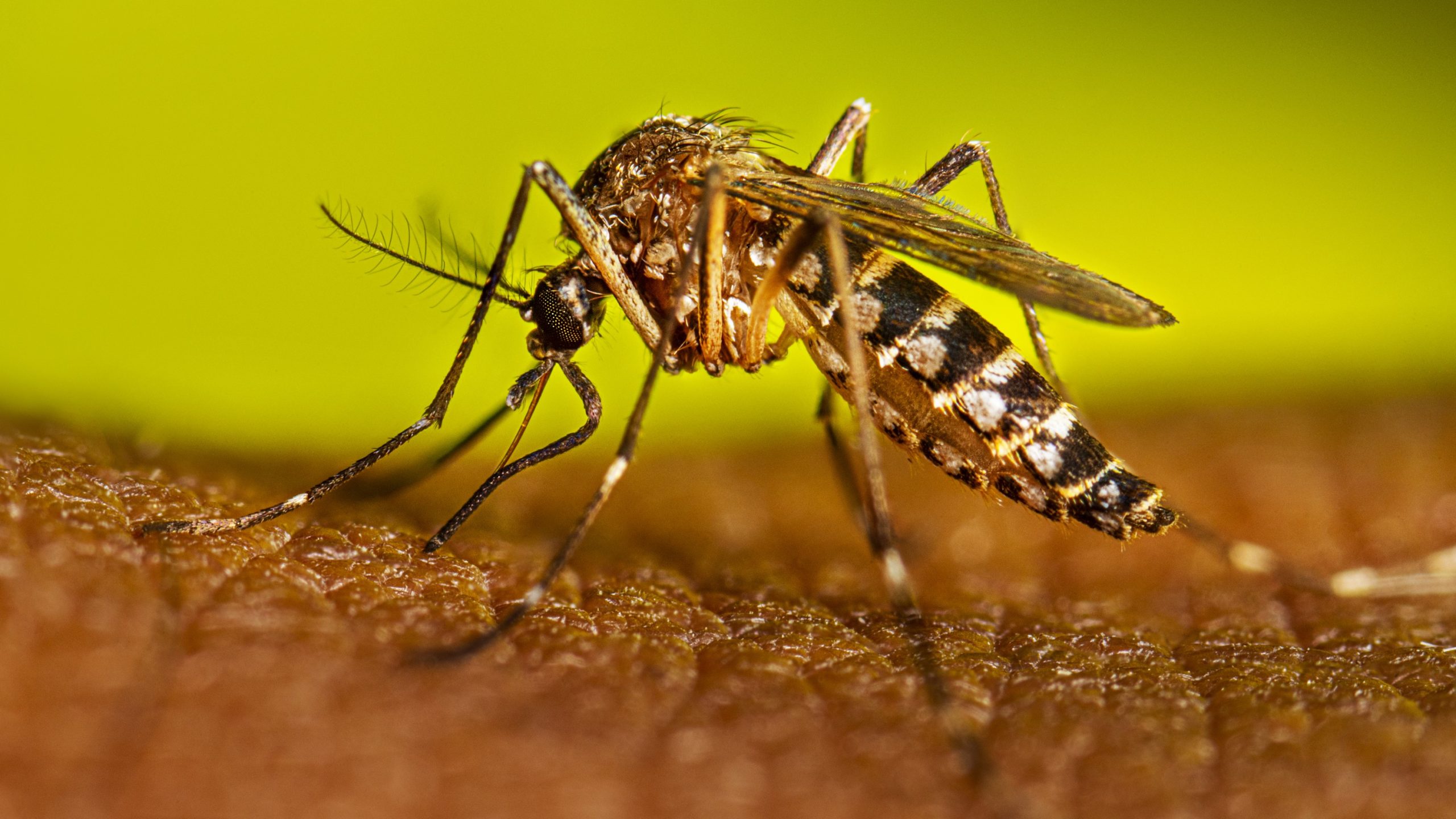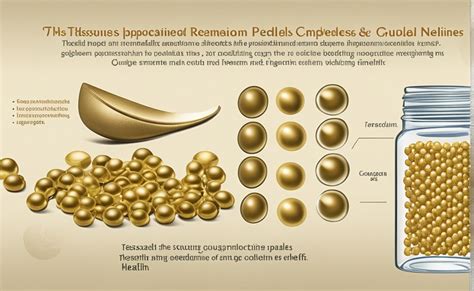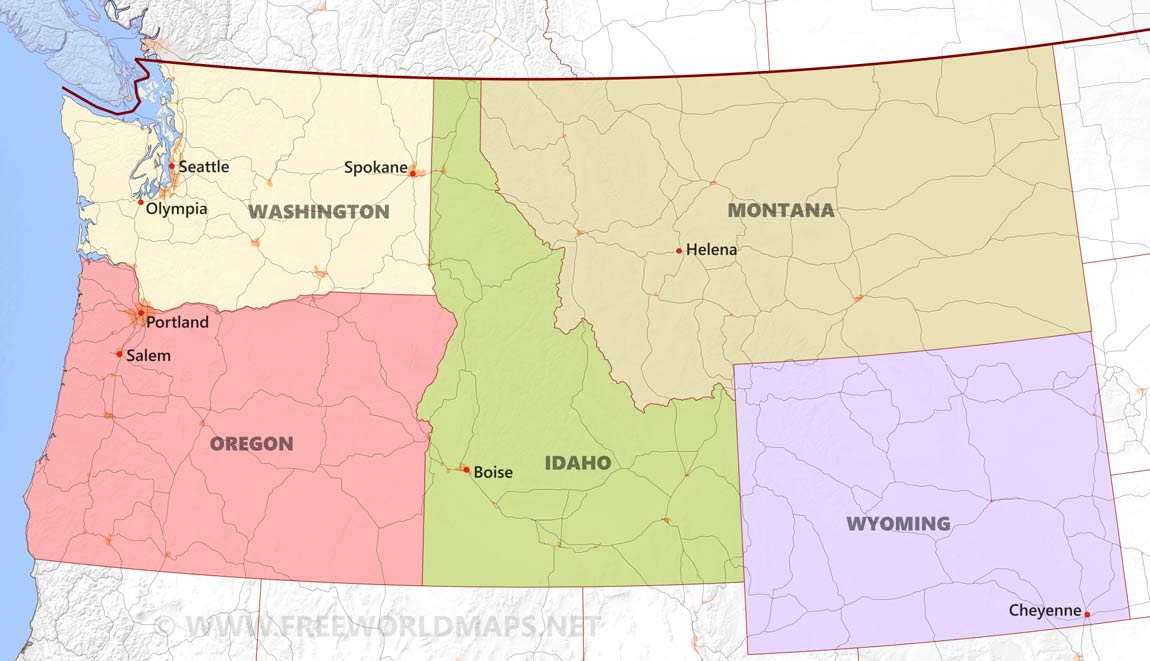Dengue fever, a mosquito-borne illness that has been plaguing tropical and subtropical regions for centuries, has seen a significant rise in incidence over the past few decades. The disease, characterized by severe flu-like symptoms, can escalate into a life-threatening condition known as severe dengue or dengue hemorrhagic fever. Given the growing concern over dengue fever’s impact on global health, the development and implementation of effective immunization strategies have become paramount.
Historically, efforts to combat dengue fever have been multifaceted, involving vector control measures, improved diagnostics, and the search for a vaccine. Among these strategies, dengue fever immunization stands out as a potentially game-changing approach, offering the promise of widespread protection against this debilitating disease. The journey toward developing a dengue vaccine has been long and challenging, marked by setbacks and breakthroughs, yet it represents a critical step forward in the fight against dengue fever.
The Dengue Vaccine Development Process
The development of a dengue vaccine has proven to be a complex task due to the nature of the virus itself. Dengue fever is caused by any of four distinct viral serotypes (DENV-1, DENV-2, DENV-3, and DENV-4), and infection with one serotype does not guarantee immunity against the others. In fact, being infected with one serotype may increase the risk of developing severe disease if infected with a different serotype at a later time. This phenomenon, known as antibody-dependent enhancement (ADE), complicates vaccine development, as an ideal vaccine must protect equally against all four serotypes without inducing ADE.
Over the years, several vaccine candidates have been investigated, with some advancing to clinical trials. One of the earliest and most notable dengue vaccine candidates is Dengvaxia, developed by Sanofi Pasteur. Dengvaxia is a live, attenuated vaccine that has undergone extensive testing, including phase III clinical trials involving thousands of participants across dengue-endemic countries. The results showed that while Dengvaxia could prevent dengue infections in some individuals, its effectiveness varied significantly depending on the serotype and the individual’s prior exposure to dengue virus.
Dengvaxia: The First Licensed Dengue Vaccine
Dengvaxia was the first dengue vaccine to be licensed for use, initially approved in Mexico in 2015 and subsequently in several other countries, primarily in Asia and Latin America. Its approval marked a significant milestone in dengue fever prevention, offering hope to populations at high risk of infection. However, the vaccine’s introduction into public health programs has been cautious due to concerns over its safety and efficacy profile, particularly in individuals who have not previously been infected with dengue virus.
In 2017, the Philippine government suspended its Dengvaxia immunization program after Sanofi Pasteur released new data indicating that the vaccine could increase the risk of severe dengue in seronegative individuals (those who have never been infected with dengue before). This finding led to a reevaluation of the vaccine’s use, with many countries adopting a more targeted approach, recommending Dengvaxia primarily for individuals with a confirmed history of prior dengue infection.
Future Prospects and Challenges
Despite the challenges associated with Dengvaxia, the quest for a broadly effective and safe dengue vaccine continues. Other vaccine candidates are in various stages of development, including the TAK-003 vaccine (developed by Takeda Pharmaceutical Company) and a vaccine candidate from the National Institute of Allergy and Infectious Diseases (NIAID), part of the National Institutes of Health (NIH). These newer vaccines aim to address the limitations of Dengvaxia, seeking to provide robust protection against all four dengue serotypes without the risk of ADE.
The path forward in dengue fever immunization involves not only the development of more effective vaccines but also addressing the complexities of implementing vaccination programs in resource-limited settings. This includes improving diagnostic capabilities to better identify individuals who would benefit from vaccination, enhancing vector control measures to reduce the overall burden of dengue fever, and fostering international collaboration to share knowledge, resources, and best practices in dengue prevention and control.
Conclusion
The pursuit of effective immunization against dengue fever represents a dynamic and evolving field, marked by innovation, collaboration, and a deepening understanding of the complex interactions between the dengue virus, the vector, and human populations. As research and development continue, it is essential to balance the promise of vaccination with the need for comprehensive public health strategies that include education, vector control, and access to care for those affected. Ultimately, the goal of dengue fever immunization is not only to prevent individual cases of disease but to safeguard communities and contribute to a future where dengue fever is no longer a significant public health threat.
What are the primary challenges in developing a dengue fever vaccine?
+The primary challenges include the need to protect against all four dengue serotypes, the risk of antibody-dependent enhancement (ADE) that could increase the severity of the disease in some individuals, and ensuring the vaccine’s safety and efficacy across diverse populations.
How does Dengvaxia work, and what are its limitations?
+Dengvaxia is a live, attenuated vaccine designed to protect against all four serotypes of the dengue virus. However, it has been found to increase the risk of severe dengue in individuals who have not previously been infected with the virus, limiting its use to those with a confirmed history of dengue infection.
What future developments are expected in dengue fever immunization?
+Ongoing research aims to develop vaccines that can provide robust protection against all four dengue serotypes without the risk of ADE. New vaccine candidates, such as TAK-003, are in development, offering hope for more effective and safer dengue fever prevention in the future.



